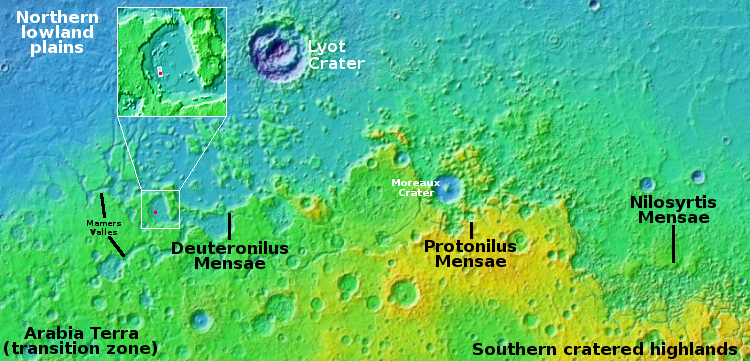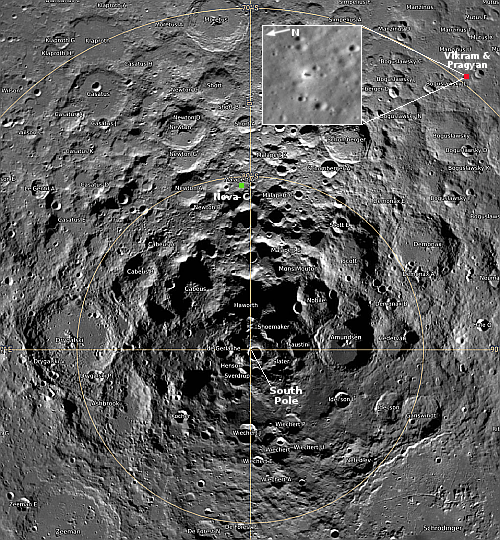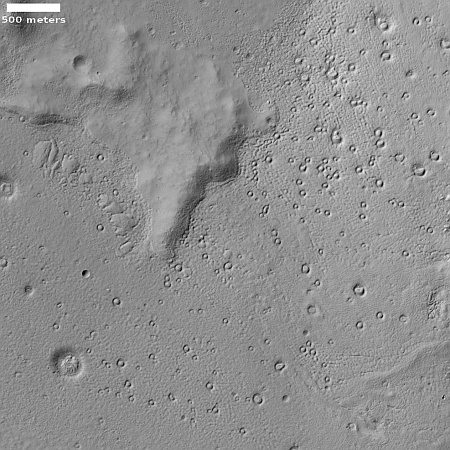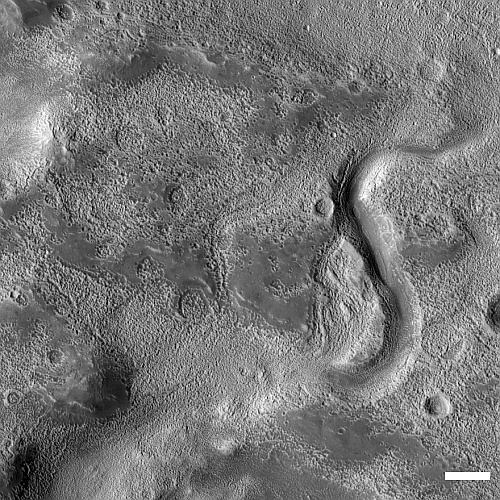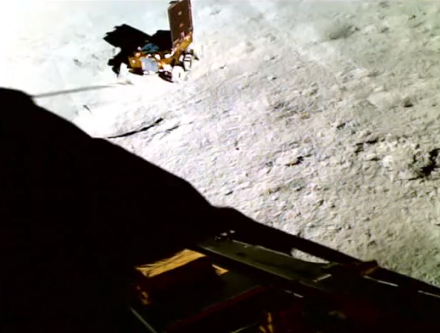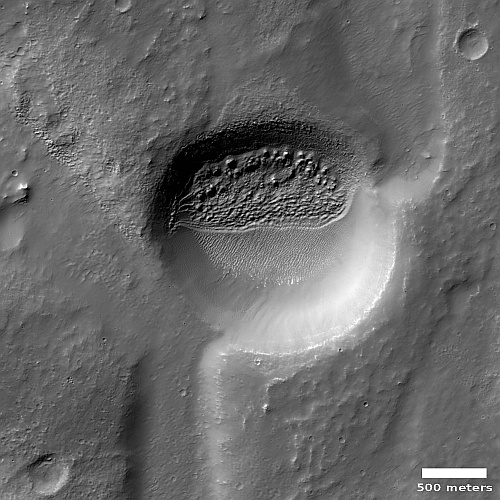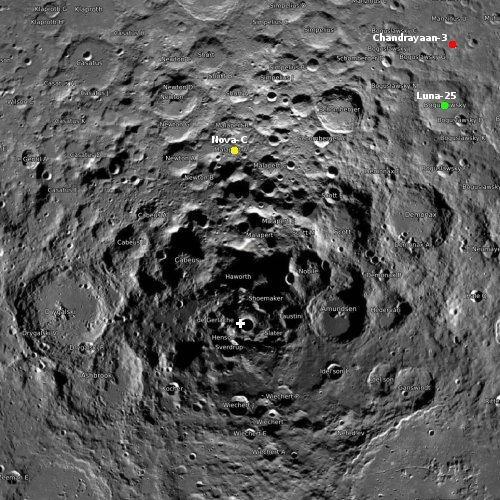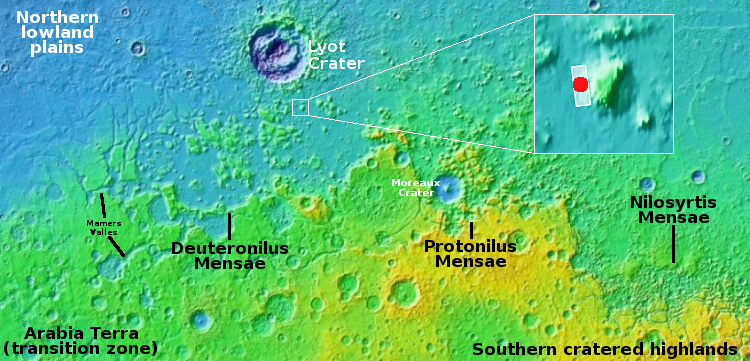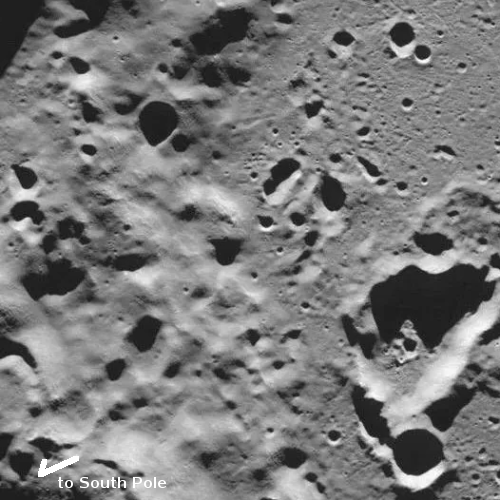Ridge in Martian lowland plains
Today’s cool image is interesting not because it shows us some spectacular Martian terrain, but because the most distinct feature is a thin ridge only a few feet high that pokes up out of the northern lowland plains for apparently no reason.
The picture to the right, cropped, reduced, and sharpened to post here, was taken on July 1, 2023 by the high resolution camera on Mars Reconnaissance Orbiter (MRO). The ridge is about 1.8 miles long, and is only about five feet high on its western end, rising to about 25 feet on its eastern end.
The colors differences indicate that the ridge’s peak is likely bedrock, and the surrounding greenish/blue hue suggesting sand and rocks covered with dust. The ridge might be the top of a deeper buried topological feature but that is only a guess.
» Read more
Today’s cool image is interesting not because it shows us some spectacular Martian terrain, but because the most distinct feature is a thin ridge only a few feet high that pokes up out of the northern lowland plains for apparently no reason.
The picture to the right, cropped, reduced, and sharpened to post here, was taken on July 1, 2023 by the high resolution camera on Mars Reconnaissance Orbiter (MRO). The ridge is about 1.8 miles long, and is only about five feet high on its western end, rising to about 25 feet on its eastern end.
The colors differences indicate that the ridge’s peak is likely bedrock, and the surrounding greenish/blue hue suggesting sand and rocks covered with dust. The ridge might be the top of a deeper buried topological feature but that is only a guess.
» Read more






